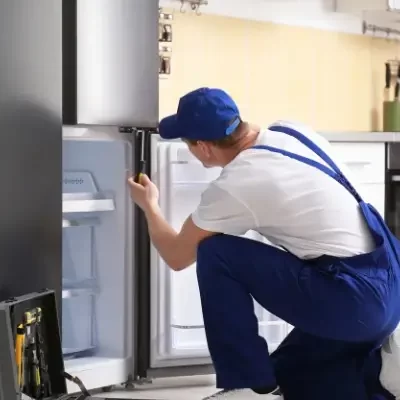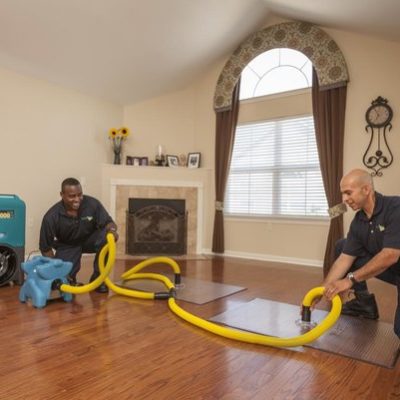Commercial Pest Control in San Antonio, TX: Safeguarding Your Business

San Antonio, TX, is known for its vibrant culture, historic sites, and thriving business community. However, like any bustling city, it also faces challenges with pests that can affect commercial properties. Commercial pest control services are essential for maintaining a healthy, safe, and pest-free environment for businesses. This article will explore the importance of commercial pest control, the types of pests commonly found in San Antonio, how to choose the right pest control service, and preventative measures businesses can take.
The Importance of Commercial Pest Control In San Antonio TX
Effective pest control is crucial for businesses for several reasons:
- Health and Safety: Pests such as rodents, insects, and birds can carry diseases and contaminate food, posing significant health risks to employees and customers.
- Property Damage: Pests can cause extensive damage to buildings, wiring, and goods, leading to costly repairs and replacements.
- Reputation: A pest infestation can harm a business’s reputation, resulting in loss of customers and revenue.
- Regulatory Compliance: Many industries are subject to strict health and safety regulations. Failure to control pests can lead to fines, closures, and legal issues.
Common Pests in San Antonio Commercial Properties
San Antonio’s warm climate makes it a hotspot for various pests. Some of the most common pests affecting commercial properties include:
- Rodents: Rats and mice are notorious for gnawing on electrical wires, contaminating food supplies, and spreading diseases.
- Cockroaches: These resilient insects thrive in commercial kitchens and can spread bacteria and allergens.
- Ants: Various ant species, including fire ants and carpenter ants, can infest commercial properties, causing damage and health hazards.
- Termites: Known for their ability to cause severe structural damage, termites can be particularly problematic in buildings with wooden structures.
- Birds: Pigeons and other birds can create unsanitary conditions with their droppings and nesting materials.
- Flies: Common in restaurants and food processing facilities, flies can contaminate food and surfaces, leading to health code violations.
Choosing the Right Commercial Pest Control In San Antonio TX
Selecting a reliable pest control service is critical for effective pest management. Here are some key factors to consider:
- Experience and Expertise: Look for a company with a proven track record in commercial pest control and experience dealing with the specific pests common in San Antonio.
- Licensed and Certified: Ensure the company is licensed and certified by relevant regulatory bodies, such as the Texas Department of Agriculture.
- Integrated Pest Management (IPM): Choose a service that uses IPM practices, focusing on long-term prevention through a combination of techniques such as habitat modification, biological control, and the use of less toxic chemicals.
- Customized Plans: A good pest control company will offer tailored plans based on the unique needs and vulnerabilities of your business.
- Emergency Services: Check if the company provides 24/7 emergency services for urgent pest issues that need immediate attention.
- References and Reviews: Look for testimonials and reviews from other businesses to gauge the company’s reliability and effectiveness.
Preventative Measures for Businesses
In addition to professional pest control services, businesses can implement several preventative measures to minimize the risk of infestations:
- Regular Inspections: Conduct routine inspections to identify and address potential pest entry points and problem areas.
- Sanitation: Maintain a high level of cleanliness, especially in food handling and storage areas. Proper waste management is also crucial.
- Sealing Entry Points: Seal cracks, gaps, and openings in walls, doors, and windows to prevent pests from entering the premises.
- Proper Storage: Store food and supplies in sealed containers and keep them off the floor to reduce the risk of contamination.
- Landscaping Maintenance: Trim vegetation and manage outdoor areas to reduce harborage sites for pests.
- Employee Training: Educate employees on best practices for preventing pest infestations, such as proper food storage and waste disposal.
Conclusion
Commercial pest control is a vital aspect of maintaining a healthy, safe, and reputable business environment in San Antonio, TX. By understanding the common pests, choosing a reliable pest control service, and implementing preventative measures, businesses can effectively manage and prevent pest infestations. Investing in professional pest control services not only protects your property and reputation but also ensures the health and safety of your employees and customers. Stay proactive and vigilant to keep your business pest-free and thriving.









